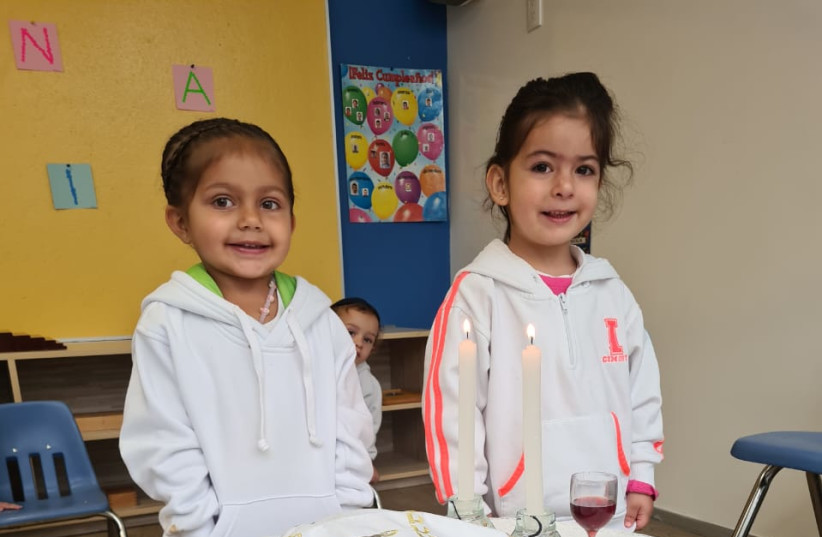Jewish education has rarely been so popular. Many curious people over the ages have tried to find the secret of the Jewish people’s consistent success in academia and other fields. Recent reports of yeshiva-style academies, such as the Havruta Culture Association, opening in South Korea to study translations of the Talmud are the latest exploration of the ancient question: “How do they do it?”
We have to ask ourselves, why it is that so many of our Jewish students worldwide are failing to engage with learning about their own religion, heritage and culture. And why are so many of their schools missing the opportunity to use those same, proven learning methods honed over thousands of years to sharpen their thinking?
While we do not ultimately have all the answers, I think we have found an innovative solution to the conundrum.
I am often asked whether our international network of ORT schools are really Jewish schools or just schools for Jews. For many years we concentrated our efforts on encouraging families to send their children to our schools, which provide excellent, all-around education in a non-denominational Jewish environment.
But we left the decision-making on specific Jewish content, how many hours to allocate, how it would be taught and whether to provide a more religious or more cultural approach for the formal Jewish Studies curricula to the communities and schools themselves.

Over the past three years, through in-depth consultation with our schools, we realized this hands-off approach was not satisfactory. Students and teachers from all corners of the ORT network reported that Jewish education was in danger of becoming stale and unengaging and that a shake-up was overdue.
THERE IS an additional, significant challenge posed by the global shortage of professionally qualified Jewish education teachers. Often individuals have good Jewish knowledge without pedagogical skills, while many other teachers have the pedagogical ability and experience but not the Jewish knowledge. It is hard to reconcile the two; these are not the most sought-after positions in schools and there is a lack of professional development and resources available.
In collaboration with school principals and educators, we decided to do something to enhance these positions and make them attractive. Our new Jewish Experience curriculum is more innovative. It aims to stimulate our teachers and excite them about educating their students. We want to make sure Jewish education is not just confined to the classroom, we want to catalyze our students into becoming lifelong learners. It is a big challenge.
Working with the prestigious Lookstein Institute of Bar Ilan University, ORT has developed a curriculum to guide students through their personal Jewish journey. The 40 lessons in our Thinking Skills Through Jewish Texts module are based on traditional Jewish study techniques. Units encompass areas including machloket (healthy argument), chavruta (paired learning), Dvar Torah (asking questions and formulating ideas) and more – all crucial skills for organizing ideas and articulating them. They have the added benefit of building life skills that are in demand by universities and employers and that will serve our students well for years to come.
Similarly, our Rethinking the B’nei Mitzvah Experience extracurricular course prepares students for this seminal Jewish life-cycle event. The curriculum integrates educational technology, ancient and modern Jewish texts and active discussions to explore a teenager’s place in their Jewish world.
Teenage years
On the cusp of their teenage years, youngsters are presented with a safe space to explore their identity and community. This new approach has been welcomed by teachers who are excited to have Jewish, text-based learning in the curriculum. We are meeting people where they are, finding a unique solution they can relate to and exposing them to the wealth of wisdom found within the Jewish tradition.
Nothing can replace an excited, enthusiastic Jewish education teacher who is right there alongside you as you learn. Where that is not possible, we’ll make use of technology and innovative workarounds to find new solutions.
If that sparks the interest of non-Jewish admirers who want to improve their Nobel Prize tally or amount of ambitious scientists, great. But our true aim is to inspire the next generation of Jews to learn about their religion and history and how to go out into the wider world and thrive as proud, forward-thinking, socially-responsible Jews.
The writer is the head of the Education Department at World ORT, a global education network driven by Jewish values and innovation, preparing people and communities for meaningful, self-sufficient futures.
